Dealing with a rat infestation requires effective tools, and choosing the best rat trap is crucial for successful removal. This comprehensive guide explores various rat trap options—from traditional snap traps to humane live capture solutions—helping you select the perfect trap for your specific rodent problem.
Quick Picks: Best Rat Traps

Editor’s Choice
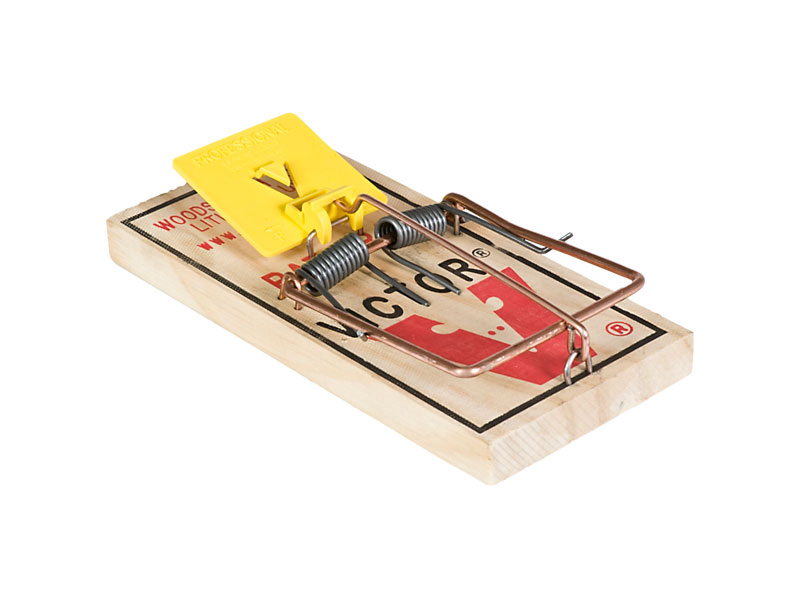
Best Budget
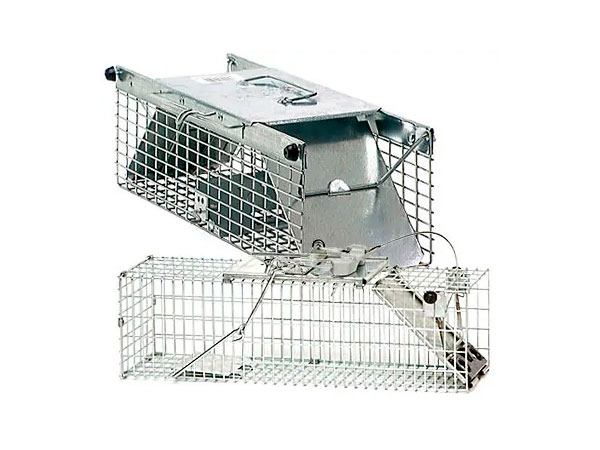
Most Humane
Best Rat Traps in 2025: Expert Buyer’s Guide
Rats are more than just unnerving pests—they’re destructive creatures capable of causing significant damage to your property. With powerful jaws that can chew through fabrics, plastic-covered cables, and wall coverings, these rodents pose a serious threat to your home and belongings.
Finding the right solution for rat control is essential, whether you’re dealing with a minor nuisance or a full-blown infestation. This guide explores various types of rat traps—from traditional snap traps to electronic options and humane capture devices—to help you effectively eliminate your rat problem without the expense of hiring a professional exterminator.
| Product | Type | Key Features | Best For |
|---|---|---|---|
| Tomcat Easy-to-Use Rat Snap Trap | Snap Trap | Powerful snap mechanism, easy to set, reusable | Quick, lethal elimination |
| Victor Wooden Metal Pedal Rat Trap | Snap Trap | Classic design, affordable, effective | Budget-conscious users |
| Tomcat Glue Traps Rat Size | Glue Trap | Strong adhesive, no setting required | Multiple rat problems |
| Victor Electronic Rat Trap | Electronic | High-voltage shock, clean kill, battery-powered | Clean, no-mess elimination |
| Havahart Live Animal Traps | Live Capture | Humane capture, release option, various sizes | No-kill approach |
| Rolling Log Bucket Trap | DIY/Bucket | Multi-catch, simple design | Large infestations |
How to Catch a Rat: Essential Tips for Success
Select between live capture traps or lethal options (snap traps, glue traps, or electronic traps) based on your preferences and situation. Ensure live traps are large enough to contain the rat completely.
Position traps along walls, wires, or pathways where rats frequently travel. Look for signs of rat activity including droppings, gnaw marks, grease marks on surfaces, and tracks to identify optimal placement locations.
Use high-success baits like peanut butter, dried fruit, or gumdrops. Wear gloves when handling traps to avoid transferring your scent, which may make rats suspicious of the trap. Position bait to encourage full entry into the trap.
Let rats become accustomed to unset traps before activating them. These cautious creatures need time to accept new objects in their environment before they’ll interact with them confidently.
Types of Rat Traps: Finding the Right Solution
Snap Traps: Traditional and Effective
Snap traps remain one of the most popular and effective methods for rat control. These mechanical devices feature a powerful spring-loaded bar that snaps down when triggered, delivering a quick kill that minimizes suffering.
Tomcat Easy-to-Use Rat Snap Trap
Editor's ChoiceHow Does It Work
How to Use
- Identify areas with rat activity and place trap perpendicular to walls where rats travel
- Remove the bait cup, add peanut butter or Tomcat attractant, then reinsert
- Set the trap by pressing the top portion down until it clicks
- Check traps daily and dispose of captured rats promptly
- Reset and reuse as needed
- Easy and safe to set without risk to fingers
- Powerful enough for large rats
- Reusable design saves money
- No poisons, making it safer around pets and children
- Effective interlocking teeth prevent escapes
- May be triggered by very small rats without killing them
- Slightly more expensive than basic wooden traps
- Not suitable for those uncomfortable with seeing dead rats
Victor Wooden Metal Pedal Rat Trap
Best BudgetHow Does It Work
How to Use
- Place a small amount of bait (peanut butter works well) directly on the metal pedal
- Set the trap by pulling back the kill bar and locking it with the metal pedal
- Position traps perpendicular to walls with the trigger end facing the wall
- Use multiple traps for better results, spacing them 15-20 feet apart
- Check traps daily and dispose of caught rats promptly
- Extremely affordable price point
- Simple, proven design that works reliably
- Powerful enough for large rats
- Made in the USA
- Fully disposable if preferred
- Requires careful setting to avoid finger injury
- Wood can absorb odors over time
- May be triggered without catching rats if not placed properly
- Not as durable as plastic models for long-term use
Glue Traps: Simple and Ready-to-Use
Glue traps offer a straightforward approach to rat control with no mechanical parts or setting required. These traps feature a strong adhesive surface that immobilizes rats when they cross over it.
Tomcat Glue Traps Rat Size
Top RatedHow Does It Work
How to Use
- Remove traps from packaging and separate individual units
- Place traps along walls, in corners, or other areas with rat activity
- Optional: add a small dab of peanut butter or chocolate in the center for enhanced attraction
- Check traps daily and dispose of captured rats by placing the entire trap in the trash
- Replace with new traps as needed
- No risk of finger injury during setup
- Can be placed in more locations than mechanical traps
- Captures multiple rats on a single trap
- No poisons or chemicals
- Effective on rats of all sizes
- Not considered the most humane option as rats aren't killed instantly
- Not effective in dusty or extremely humid environments
- Not recommended for outdoor use
- Could potentially catch non-target animals
Catchmaster Baited Rat Glue Traps
Professional GradeHow Does It Work
How to Use
- Simply remove from packaging and place along walls, in corners, or near evidence of rat activity
- Position with the glue side up in areas protected from dust and moisture
- For enhanced results, place in pairs to create a 'tunnel' effect that rats prefer to travel through
- Check traps daily and dispose of captured rats by placing the entire trap in the trash
- Replace with fresh traps as needed for ongoing control
- Pre-baited, requiring no additional attractants
- Professional-strength adhesive used by pest control companies
- Low-profile design fits in tight spaces
- No mechanical parts to fail
- Can catch multiple rats on a single trap
- Considered less humane than quick-kill options
- Performance diminishes in dusty or very humid conditions
- Not suitable for outdoor use
- Captured rats may make noise until they expire
Electronic Traps: Clean and Efficient
Electronic rat traps represent the most advanced solution for rat control, delivering lethal electric shocks that kill rats quickly and humanely without the mess associated with other methods.
Victor Electronic Rat Trap
Most Humane KillHow Does It Work
How to Use
- Insert four 'C' batteries into the compartment
- Bait the trap by placing peanut butter at the back wall of the chamber
- Position the trap with its entrance parallel to a wall where rats travel
- Switch the trap to the 'on' position
- When the indicator light blinks, dispose of the rat by dumping it directly into the trash without touching it
- Reset and rebait for continued protection
- Clean, no-mess operation with no blood or snap injuries
- Kills rats humanely and instantly
- No-touch disposal system
- Indicator light confirms kills
- Can kill up to 50 rats per set of batteries
- More expensive initial investment than basic traps
- Requires batteries to function
- Indoor use only
- May need occasional cleaning for optimal performance
Rat Zapper Electronic Rat Trap
High CapacityHow Does It Work
How to Use
- Insert four 'D' batteries in the battery compartment
- Apply peanut butter or other bait along the back wall of the trap
- Place the trap parallel to walls where rats frequently travel
- Switch the power to 'on'
- When a rat is caught, the indicator light will flash
- Dispose of the rat by dumping directly into the trash
- Switch off, clean if necessary, rebait, and reset
- Powerful 8,000-volt shock ensures quick, humane kills
- Long battery life for up to 20 kills per set
- No-touch, no-see disposal system
- Indoor use in garages, attics, basements
- No chemicals or poisons
- Higher initial cost than traditional traps
- Not suitable for outdoor use
- Requires batteries to function
- Larger size may limit placement options
Live Traps: Humane Capture and Release
For those who prefer not to kill rats, live capture traps provide a humane alternative. These cages safely contain rats until they can be released away from your property.
Havahart Live Animal Traps
Most HumaneHow Does It Work
How to Use
- Place appropriate bait (peanut butter, dried fruit, or seeds) at the back of the trap
- Set the door mechanism according to the specific model instructions
- Position the trap along walls or in areas with rat activity
- Check the trap at least twice daily to minimize stress to captured animals
- When a rat is caught, cover the trap with a towel to reduce stress during transport
- Release the rat at least 1 mile away from your property in a suitable habitat
- No-kill solution for those who prefer humane removal
- Robust construction prevents escapes and resists damage
- Available in various sizes for different rat species
- Can be used repeatedly for ongoing control
- Safe around children and pets
- Requires frequent checking to prevent undue stress to captured animals
- Necessitates transportation and release of live rats
- May be less effective for very trap-shy rats
- More expensive than some lethal options
One-Door Traps
Featuring a single entry point with a sensitive trigger mechanism. Ideal for placement against walls or in corners where rat runways are identified.
Two-Door Traps
With openings at both ends, these traps increase capture rates by allowing rats to see through the trap, reducing their natural suspicion.
Easy-Set Models
Feature simplified setting mechanisms that allow you to arm the trap without placing your hands near the trap doors, enhancing safety and ease of use.
DIY and Bucket Traps: Cost-Effective Solutions
For those who prefer a hands-on approach or need to trap multiple rats economically, DIY options provide effective solutions at a fraction of the cost of commercial products.
Catchmaster Bulk Rodent Glue
Professional GradeHow Does It Work
How to Use
- Pour or spread the glue onto cardboard, plastic trays, or other suitable surfaces
- Create a layer approximately 1/8-inch thick for optimal adhesion
- Place a small amount of attractive bait (peanut butter, dried fruit) in the center
- Position your custom traps along walls or in areas with rat activity
- Check daily and dispose of any captured rats
- Replace traps as needed when adhesive becomes less effective
- Significant cost savings over pre-made glue boards
- Create custom-sized traps for specific situations
- Professional-grade strength used by exterminators
- Made in the USA
- One gallon makes dozens of traps
- Requires more setup time than ready-made traps
- Can be messy to work with
- Not considered the most humane option
- Performance diminishes in dusty or humid conditions
Rolling Log Bucket Rat Trap
Multi-CatchHow Does It Work
How to Use
- Drill two holes on opposite sides of a 5-gallon bucket rim
- Insert the Rolling Log device into these holes
- Fill the bucket with 4-6 inches of water (for drowning) or leave empty (for live capture)
- Apply a small amount of peanut butter to the rolling log as bait
- Add a small amount of vegetable oil to the log ends to ensure smooth rotation
- Position near walls or areas with rat activity
- Check regularly and dispose of captured rats
- Can catch multiple rats without resetting
- Extremely cost-effective solution
- Simple mechanical design requires no electricity
- Option for either lethal (water) or humane (empty) operation
- Reusable for ongoing rat control
- Requires some assembly and a separate bucket
- Less discreet than commercial traps
- Water method may be considered less humane by some
- Bucket must be emptied regularly to maintain effectiveness
Where to Buy Rat Traps
Finding quality rat traps is easier than ever with both online and brick-and-mortar options available. Here are the best places to purchase effective rat control solutions:
Amazon
Offers the widest selection of rat traps with competitive pricing, customer reviews, and fast delivery options. Perfect for comparing different brands and models before purchase.
Walmart
Provides both in-store and online shopping with a good selection of popular brands. Often features budget-friendly options and the convenience of same-day pickup.
Home Improvement Stores
Retailers like Lowe’s and Home Depot carry quality rat traps with the added benefit of in-store staff who can provide advice on selection and usage.
Specialty Retailers
Companies like Havahart offer direct sales of their products with detailed information and specialized options not always available through general retailers.
Frequently Asked Questions
What is the most effective type of rat trap?
The most effective rat trap depends on your specific situation and preferences. Snap traps like the Tomcat and Victor models offer the best combination of effectiveness, affordability, and ease of use for most homeowners. Electronic traps provide the cleanest and most humane kill method but at a higher price point.
For large infestations, multiple snap traps or a bucket trap system will typically yield the best results. If humane removal is a priority, consider Havahart live capture traps.
Where should I place rat traps for maximum effectiveness?
Place rat traps perpendicular to walls with the trigger end facing the wall, as rats prefer to travel along walls and baseboards. Focus on areas showing signs of rat activity such as droppings, gnaw marks, grease marks, or nests.
Common effective locations include behind appliances, under sinks, in dark corners of basements or attics, along pipe runs, and between objects that create narrow runways. For best results, position multiple traps 15-20 feet apart along suspected rat pathways.
What is the best bait to use in rat traps?
The most effective baits for rat traps include peanut butter, chocolate hazelnut spread, dried fruit, and small pieces of bacon. Peanut butter is particularly effective because it’s aromatic, can be securely attached to trigger mechanisms, and is highly attractive to rats.
For persistent rats, rotating different bait types can increase success rates. Avoid using cheese (contrary to popular belief, it’s not particularly attractive to rats) and always use fresh bait for best results.
Are glue traps humane for catching rats?
Glue traps are generally considered less humane than other options because they don’t kill rats instantly. Instead, caught rats may struggle for hours or even days before eventually dying from stress, dehydration, or starvation.
If humane treatment is a priority, consider snap traps or electronic traps that kill quickly, or live capture traps that allow for release. If you do use glue traps, check them frequently and humanely dispatch any captured rats promptly.
How many traps should I use for a rat infestation?
For effective rat control, use more traps than you think necessary. A good rule of thumb is to start with at least 6-12 traps for a home with signs of rat activity. For serious infestations, professional exterminators often deploy dozens of traps.
Place traps in groups of two or three in high-activity areas, spaced about 15-20 feet apart along rat pathways. Remember that rat populations are typically larger than initially estimated, so aggressive trapping with multiple devices yields better results than a conservative approach.
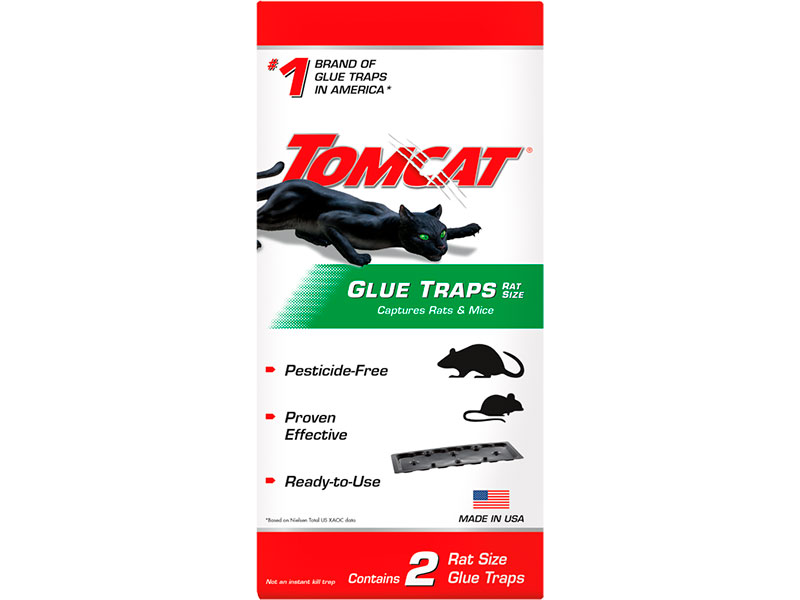
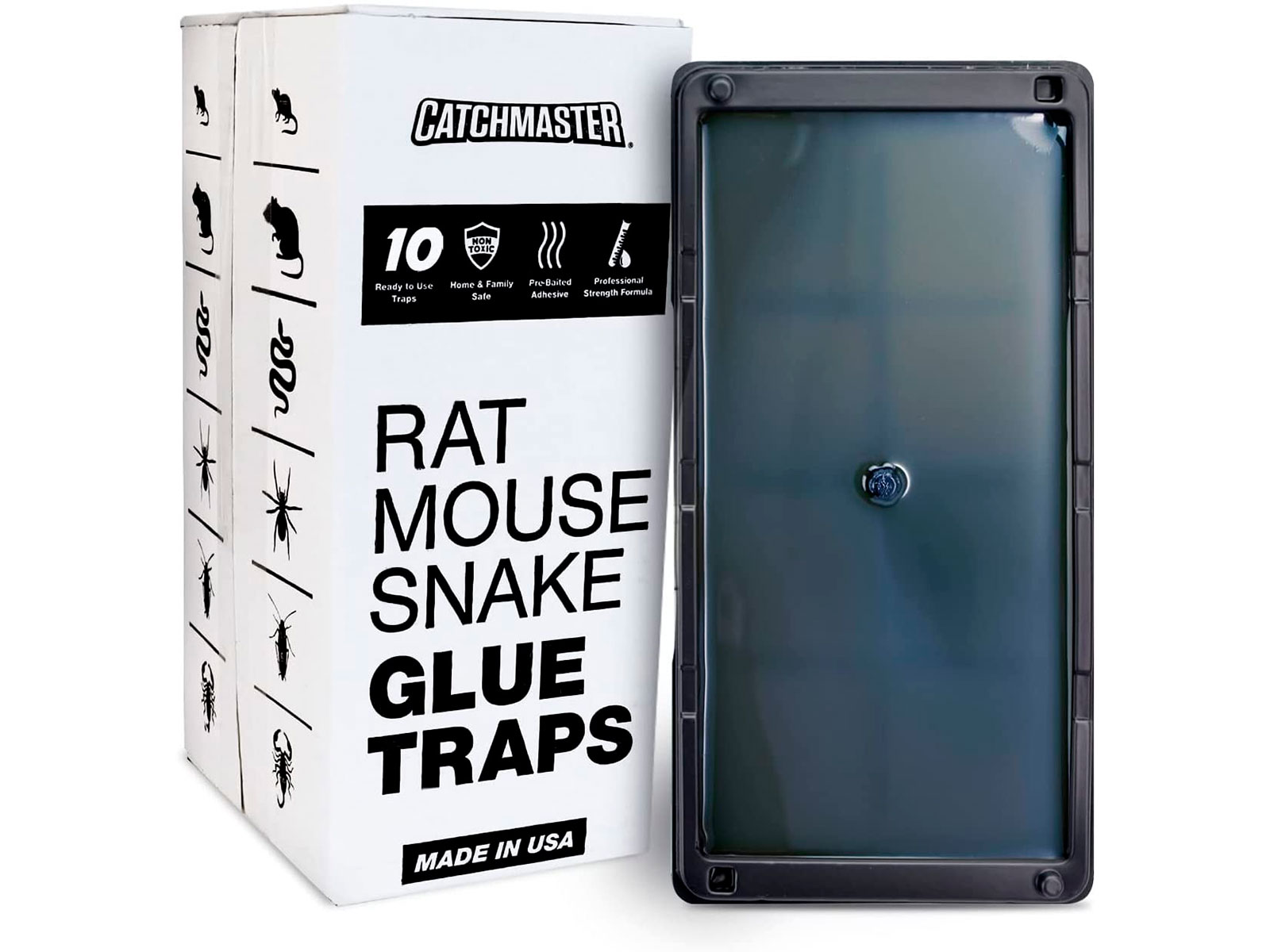
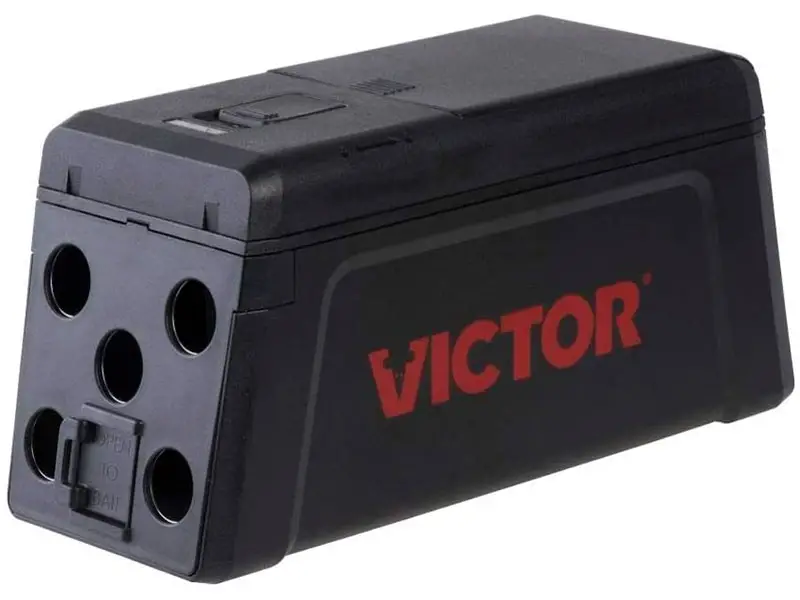
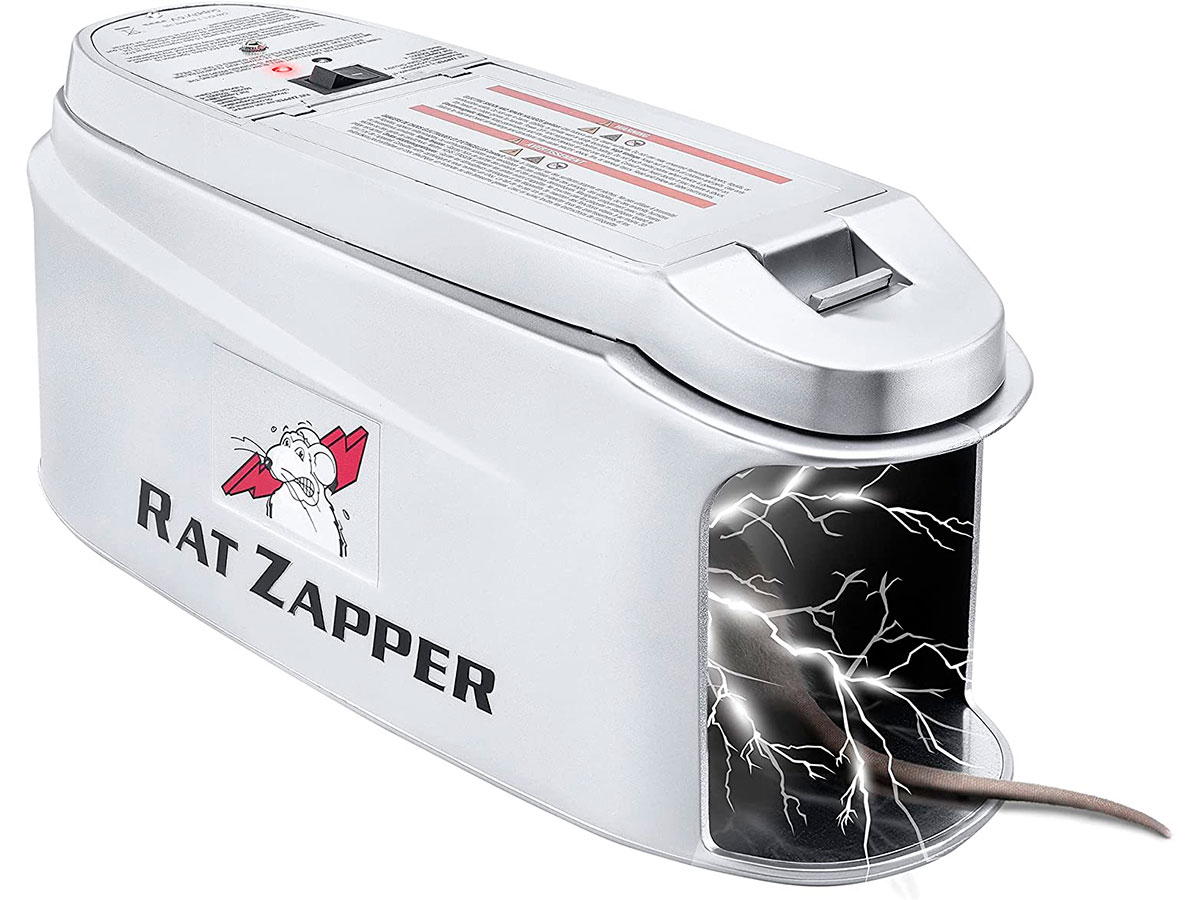
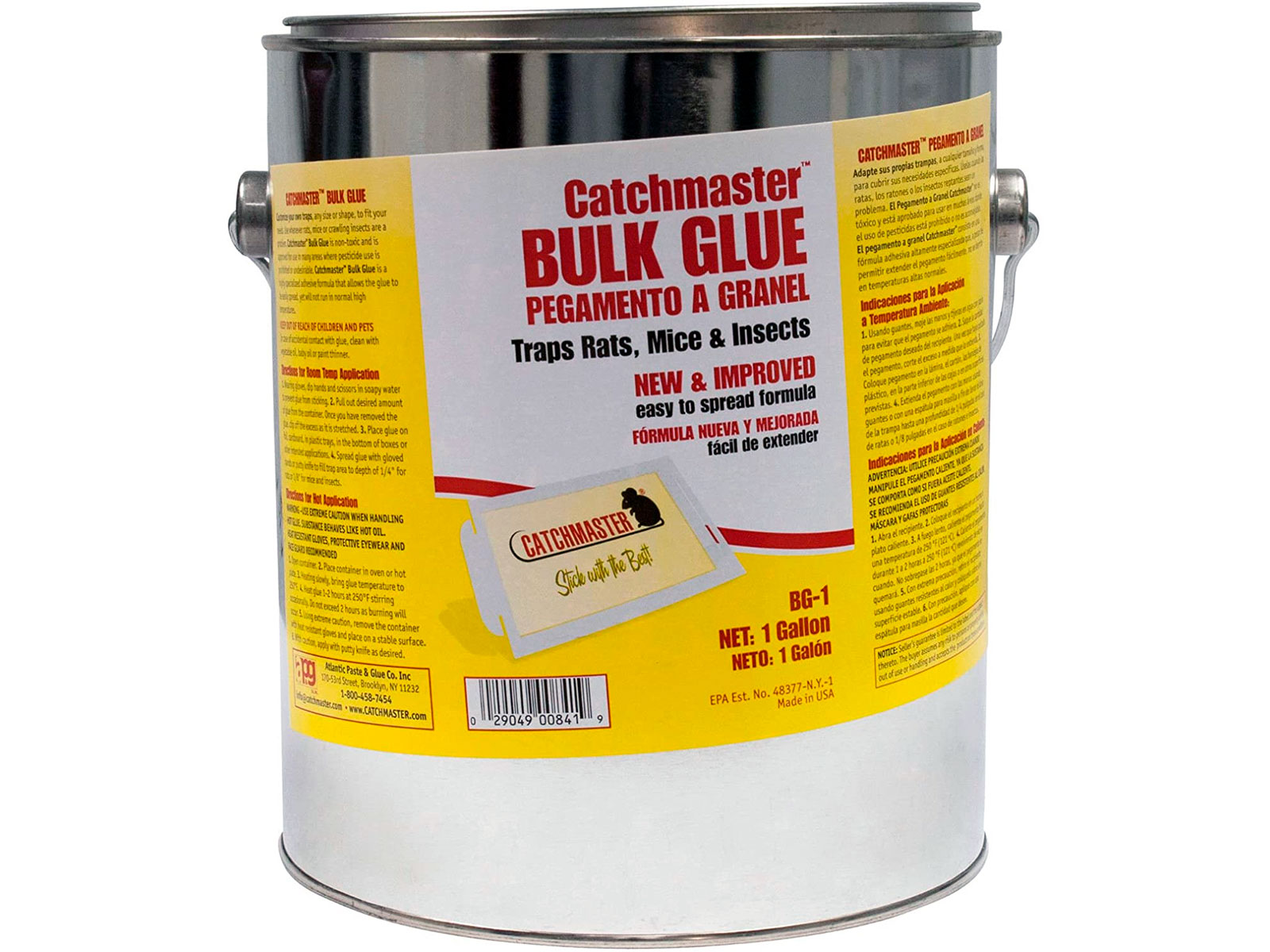
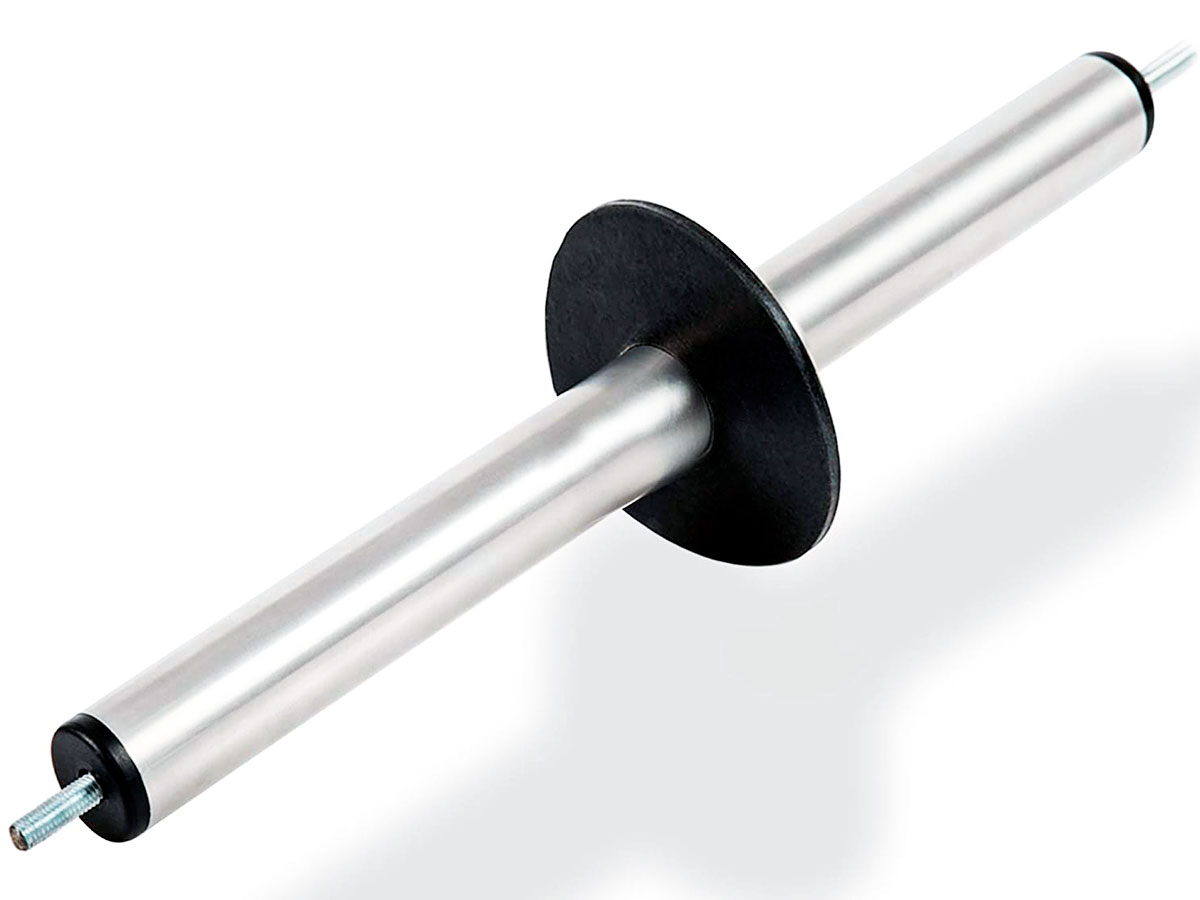

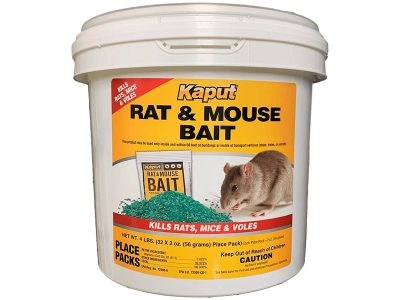
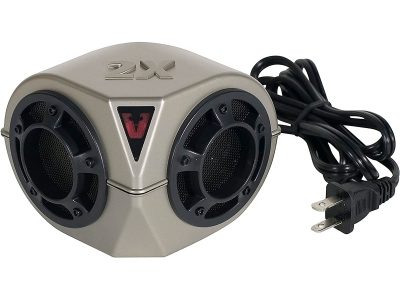

I have a skunk trapped in my out door stove vent. How do I get it out
I had far to many misses with Victor snap traps until I repeatedly tested the trap and realized that when the trap triggered and the bow flew over it actually pulled the trap out from under the mouse or rat. I now screw the the mouse traps to a 6″ long piece of 2×1. It’s simple, stabilizes the trap, and make handling easier. I use a 8″ piece of 2×4 for the rat traps. One screw does the job and I no longer have flying rat traps.
__The ‘Professional’ style trap rarely works. I have watched rodents OH-SO cautiously not touch the yellow pad and ever so lightly nibble on the bait. Only once did it work. Two mouses/meeses were at the trap and were wrestling for the food where the trigger was accidentally sprung. But, it caught 2 mouse’s in my house’s.
__You’re better off with the old style. Put your bait, preferably peanut butter (PB), on the underside of the bait tab, need very little maybe 1/8 thimble. Put a small amount of PB next to the trap as an enticement. Said rodent has to turn it’s head in an awkward position to get the bait and nearly 100% of the time will get captured because it’s out of position for a quick get-away.
As long as the board is not soiled, I’ve grabbed 6 rodents in the same trap without washing it.
SORRY! __ F U is my real initials.
Victor “Professional” Rat Trip has adjustable setting for firm or sensitive trigger. If you have it set to the firm or F setting it may not trigger try setting it all the way to the S setting(be careful trap might accidental trigger!).